Reptiles, with their unique scales, shells, and specialized habitats, require dedicated care routines that differ significantly from those of traditional pets like cats and dogs. Establishing a consistent hygiene schedule is essential for maintaining your reptile’s health, preventing disease, and ensuring they live a comfortable life in captivity. Whether you’ve recently welcomed a bearded dragon, ball python, or leopard gecko into your home, understanding the daily, weekly, and monthly maintenance requirements will help you provide optimal care. This comprehensive guide breaks down the hygiene tasks you should incorporate into your routine to keep your cold-blooded companion thriving.
Understanding Your Reptile’s Natural Hygiene Needs
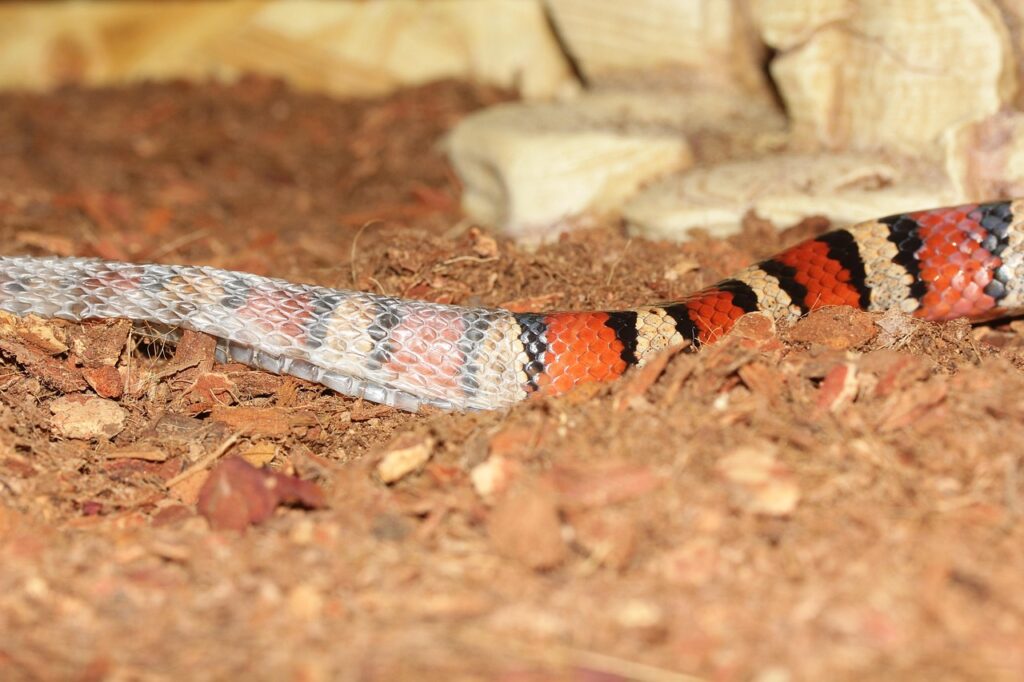
In the wild, reptiles have evolved specific behaviors and mechanisms to maintain their hygiene without human intervention. Many species regularly soak in water bodies to hydrate their skin and assist with shedding. Others use environmental elements like rough rocks or branches to scrape off old skin during the shedding process.
Some reptiles, particularly desert species, engage in sand-bathing behaviors to remove parasites and clean their scales. Understanding these natural behaviors provides valuable insight into replicating appropriate hygiene practices in captivity. By observing your pet’s natural tendencies, you can better tailor your care routine to match their specific evolutionary adaptations.
Daily Habitat Spot Cleaning Essentials
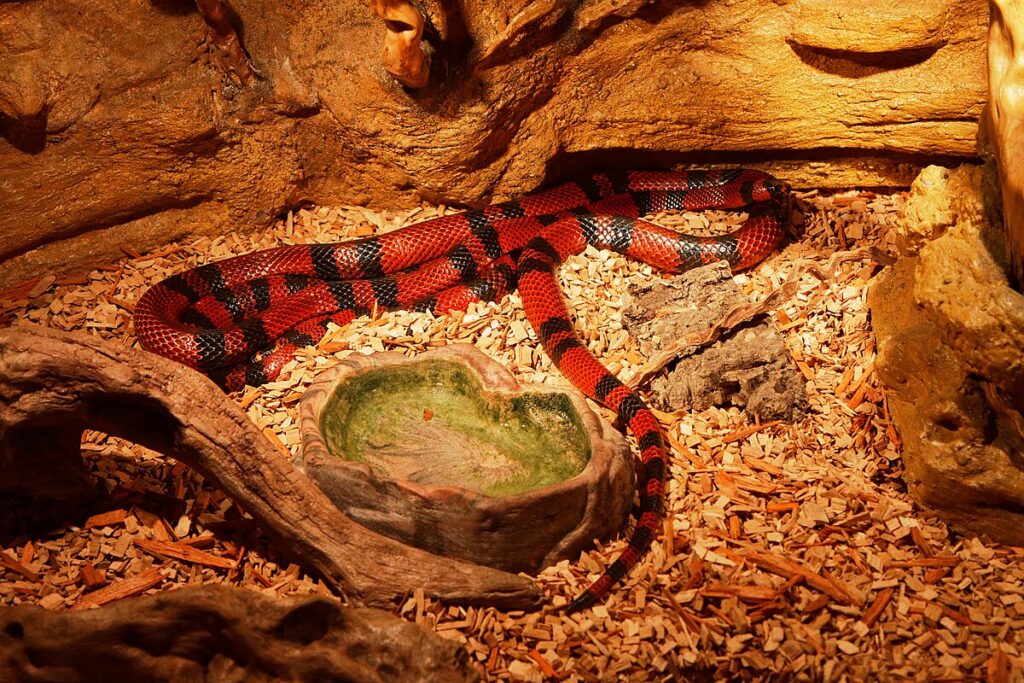
Daily spot cleaning forms the foundation of proper reptile hygiene and should never be skipped. Each day, remove any feces, urates (the white portion of reptile waste), shed skin, and uneaten food from the enclosure to prevent bacterial growth and odor.
For aquatic or semi-aquatic species, check water quality daily and remove any food particles or waste from water features. Reptiles that eat live insects require particular attention, as uneaten feeder insects can stress your pet or even bite them during rest periods. Implementing a quick daily cleaning routine takes just minutes but significantly impacts your reptile’s overall health and well-being.
Water Dish Maintenance and Hydration
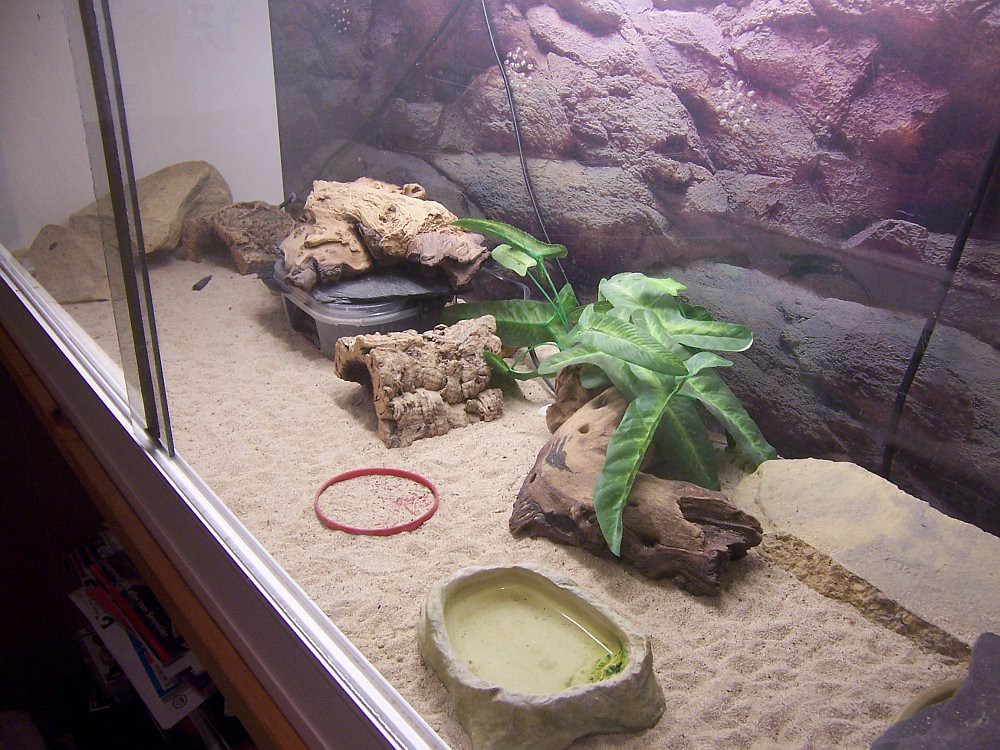
Fresh, clean water is crucial for all reptile species, even those adapted to arid environments. Daily water changes prevent bacterial growth and ensure your pet has access to safe drinking water. For larger species or those that soak regularly, such as red-eared sliders or ball pythons, you may need to change water multiple times daily as they often defecate in their water dishes.
Some species require water dishes large enough to fully submerge their bodies, while others need shallow dishes to prevent drowning. Always use dechlorinated water, as chemicals in tap water can irritate your reptile’s sensitive skin and eyes. Additionally, regularly sanitize water dishes with a reptile-safe disinfectant to prevent biofilm buildup that can harbor harmful bacteria.
Monitoring Temperature and Humidity Levels
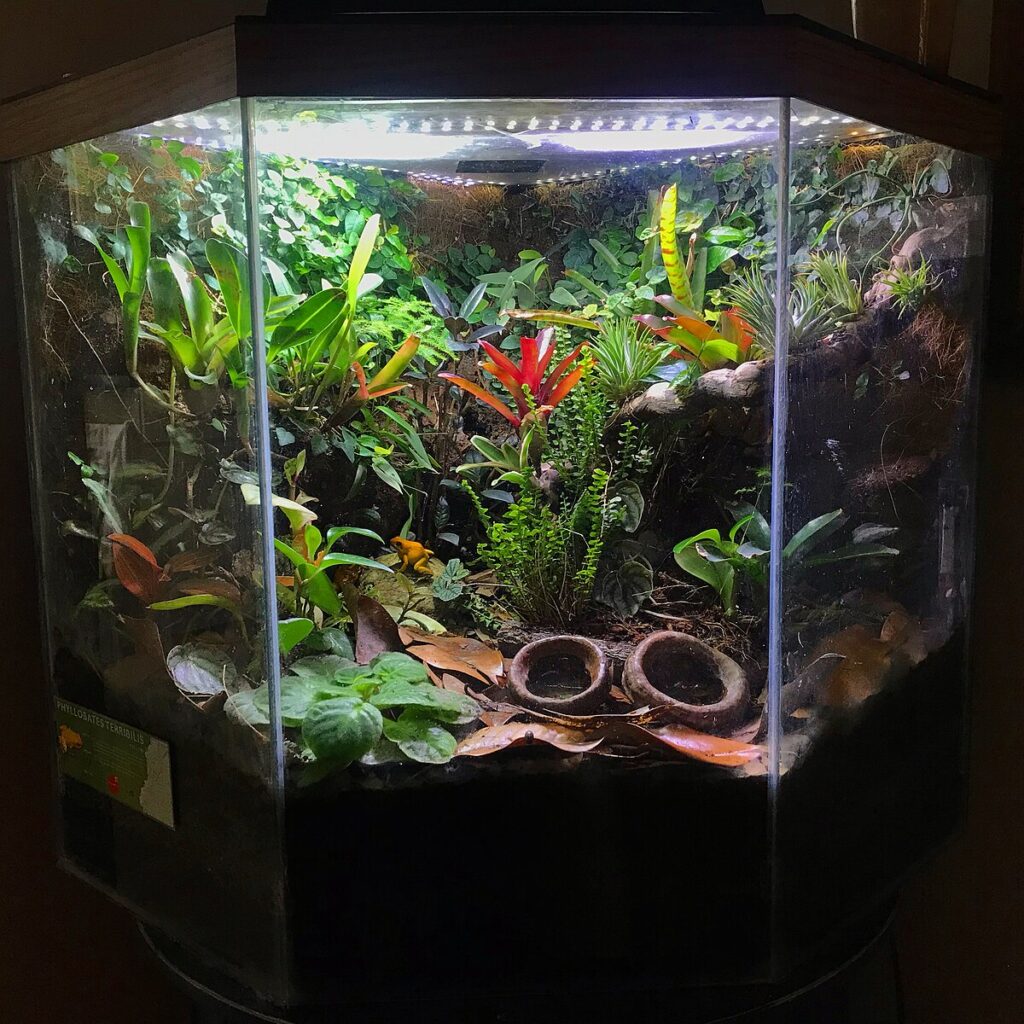
While not a traditional cleaning task, daily monitoring of environmental parameters directly impacts your reptile’s hygiene and health. Incorrect humidity levels can lead to respiratory infections, stuck shed, and other health complications that compromise your pet’s natural immune defenses.
Invest in reliable digital thermometers and hygrometers placed at both the warm and cool ends of the enclosure to ensure proper gradients. Forest-dwelling species like crested geckos typically require humidity levels between 60-80%, while desert dwellers like bearded dragons need much drier conditions, generally 30-40%. Maintaining these parameters helps your reptile’s body function optimally, supporting natural shedding processes and preventing bacterial or fungal infections that thrive in improper conditions.
Weekly Deep Cleaning Procedures
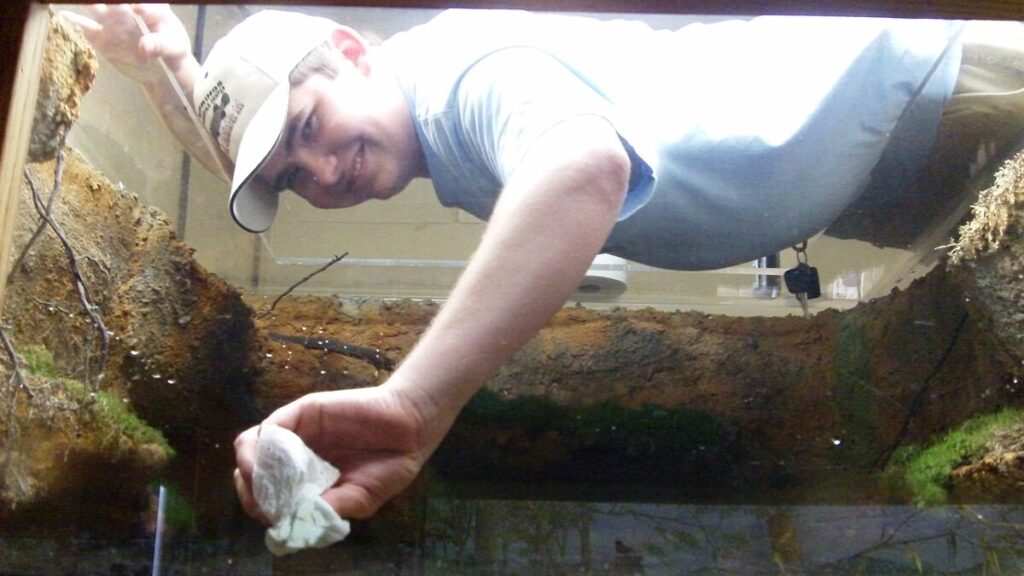
Once a week, allocate time for a more thorough cleaning of your reptile’s habitat. Remove all décor items, hides, and feeding dishes for sanitization using a reptile-safe disinfectant followed by thorough rinsing. For substrate like reptile carpet or liner, wash with mild soap, rinse completely, and dry before replacing. Spot-clean loose substrates like coconut fiber or cypress mulch by removing visibly soiled areas and replacing with fresh material.
Clean glass or plastic enclosure walls with a reptile-safe cleaner, paying special attention to areas where waste might have splattered. During this weekly maintenance, take the opportunity to inspect habitat fixtures for damage, mold growth, or areas that might need replacement to maintain a safe environment for your pet.
Shedding Support and Monitoring
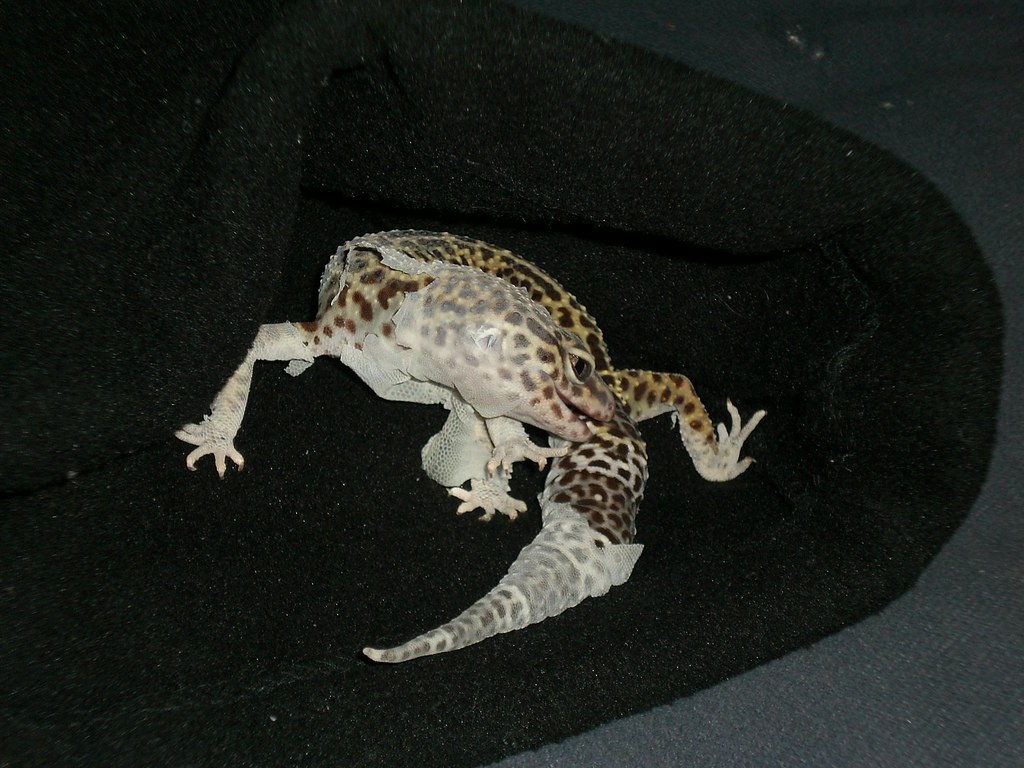
Most reptiles shed their skin periodically as they grow, and proper hygiene plays a vital role in this natural process. Monitor your reptile for signs of upcoming shed, such as dulling colors, milky eyes, or decreased appetite. During pre-shed periods, many species benefit from slightly increased humidity or access to a humidity hide filled with damp sphagnum moss or paper towels.
Never pull stuck shed from your reptile as this can damage the underlying skin and cause injuries. Instead, offer a shallow warm water soak for 15-20 minutes to soften stubborn shed, followed by gentle wiping with a damp cloth if necessary. After shedding is complete, remove all shed skin from the enclosure promptly to maintain hygiene and prevent bacterial growth.
Parasite Prevention Through Cleanliness
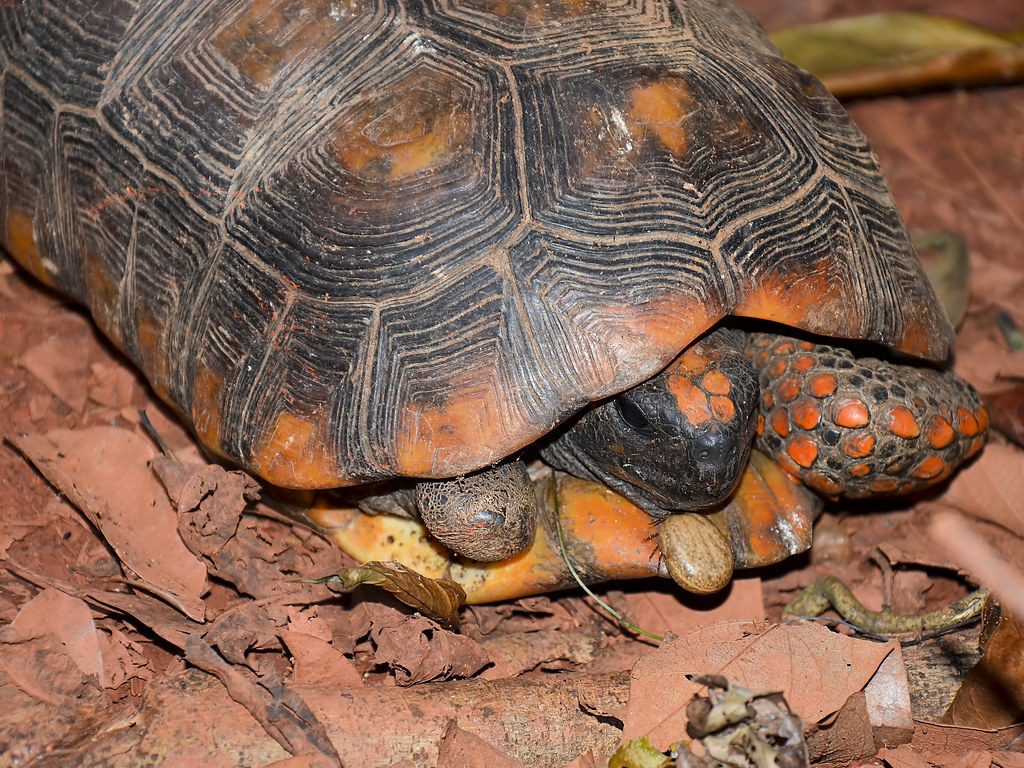
Regular cleaning routines significantly reduce the risk of parasitic infections in captive reptiles. Many common reptile parasites, including pinworms, coccidia, and cryptosporidium, spread through fecal contamination of the environment. Prompt removal of waste prevents these parasites from completing their life cycles and reinfecting your pet.
For reptiles housed on particulate substrates like coconut coir or cypress mulch, consider a monthly partial substrate change in addition to regular spot cleaning. Quarantine new plants, décor, and especially new reptiles before introducing them to established enclosures to prevent parasite transmission. If you notice changes in your pet’s stool consistency, appetite, or behavior, collect a fresh stool sample and consult your exotic veterinarian, as these could indicate parasite problems despite your best hygiene efforts.
Monthly Complete Habitat Overhaul

Once monthly, perform a comprehensive habitat breakdown and deep clean to maintain optimal hygiene for your reptile. Remove your pet to a secure temporary enclosure, then discard all loose substrate completely and replace with fresh material. Thoroughly disinfect the empty enclosure with a reptile-safe cleaner, paying special attention to corners, crevices, and areas under décor where waste may accumulate. Clean all habitat furniture, hides, and decorations with appropriate disinfectants, ensuring they are completely dry before returning them to the enclosure. This monthly reset prevents buildup of bacteria, fungal spores, and parasite eggs that might not be visible during routine cleaning. For bioactive enclosures, this schedule may differ, focusing instead on ecosystem maintenance rather than complete substrate replacement.
Bathing and Direct Reptile Cleaning
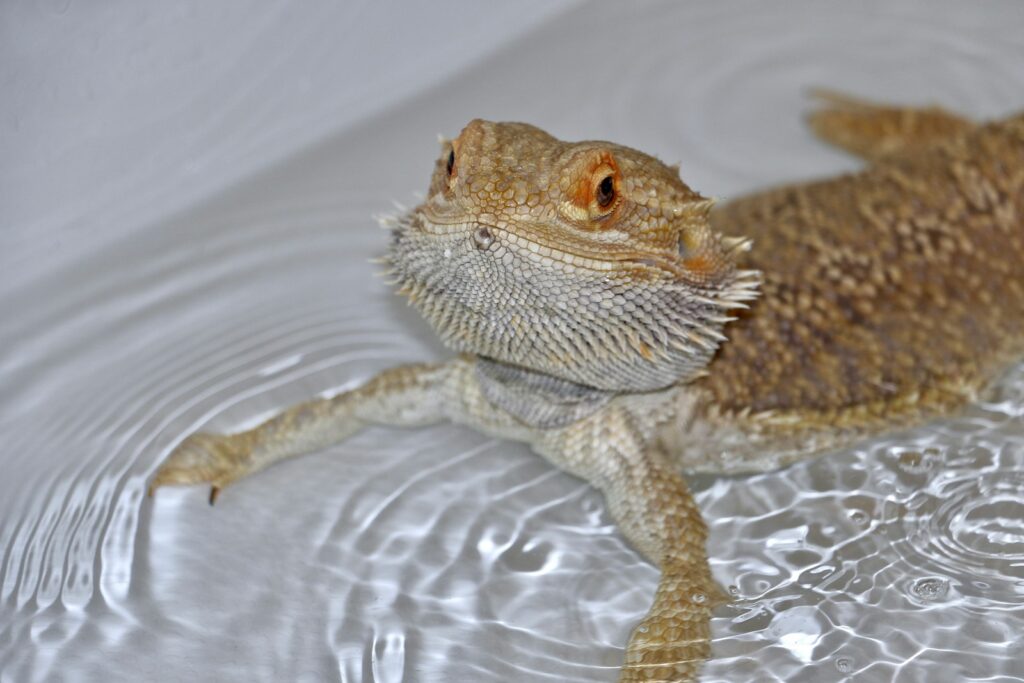
The necessity and frequency of bathing vary significantly among reptile species, and improper bathing can sometimes cause more harm than good. Species like bearded dragons and many tortoises often benefit from weekly shallow warm water soaks lasting 15-20 minutes, which aid hydration and natural waste elimination. Aquatic turtles generally clean themselves in their water but may occasionally need gentle shell scrubbing with a soft toothbrush to remove algae buildup.
Most snakes rarely require bathing unless they’re soiled or experiencing shedding difficulties. Always supervise bathing sessions, keep water shallow enough that your reptile can easily hold its head above water, and maintain appropriate water temperature for your species. After bathing, ensure your reptile is completely dry before returning it to its enclosure, particularly for desert species.
Specialized Cleaning for Different Species

Different reptile groups have unique hygiene requirements that should be incorporated into your routine. Arboreal species like chameleons and crested geckos rarely defecate in water dishes but may soil vertical surfaces or plants in their enclosures. Desert-dwelling reptiles like uromastyx or leopard geckos often designate specific “bathroom areas” that require more frequent spot cleaning.
Aquatic turtles need powerful filtration systems in addition to regular water changes, with filters requiring weekly cleaning and monthly media replacement. Snakes with specialized heating requirements, such as ball pythons, may need more frequent cleaning around undertank heaters where bacteria can thrive in the warm environment. Research your specific species’ natural habitat and behaviors to adapt cleaning routines that address their particular hygiene needs.
Safe Disinfectants and Cleaning Products
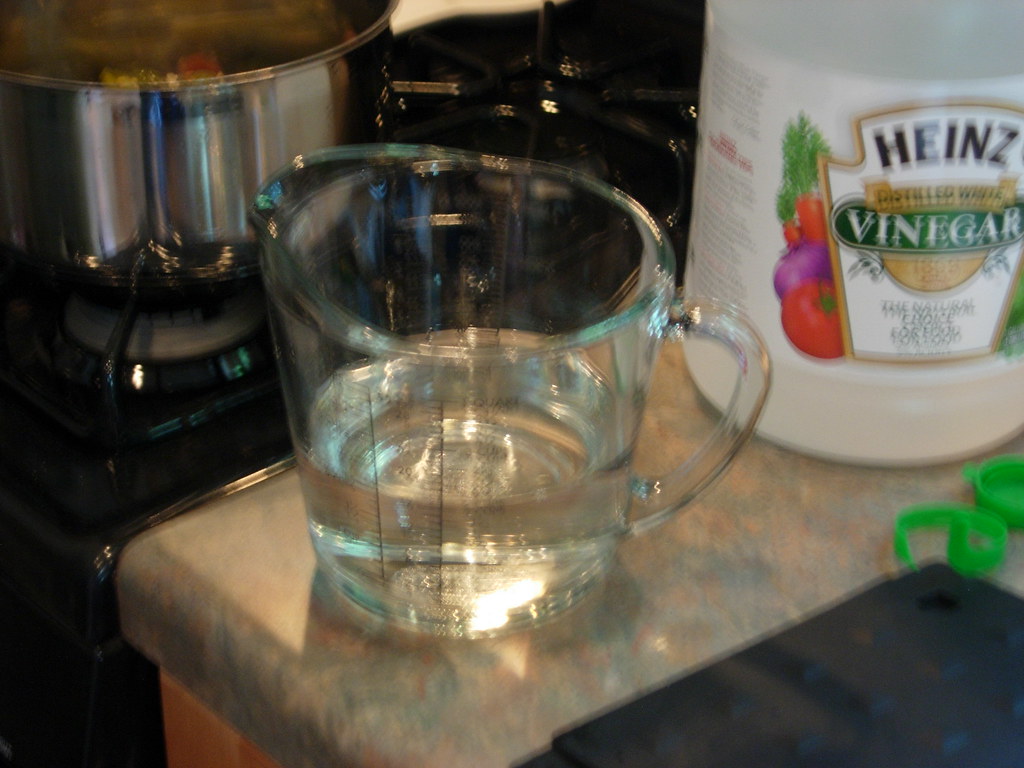
Selecting appropriate cleaning products is crucial, as reptiles are highly sensitive to chemical residues that might not affect mammals. Avoid pine and cedar-based products, which release phenols toxic to reptiles. Never use household cleaners containing ammonia, bleach, or other harsh chemicals without thorough rinsing and drying.
Reptile-specific disinfectants like F10SC, chlorhexidine solutions, or properly diluted quaternary ammonium compounds provide effective sanitization without harmful residues. For everyday cleaning, a solution of one part white vinegar to two parts water works well for removing calcium deposits and light waste buildup. Always rinse disinfected items thoroughly with clean water and allow them to dry completely before returning them to the enclosure to ensure no chemical residues remain that could harm your pet.
Signs Your Hygiene Routine Needs Adjustment
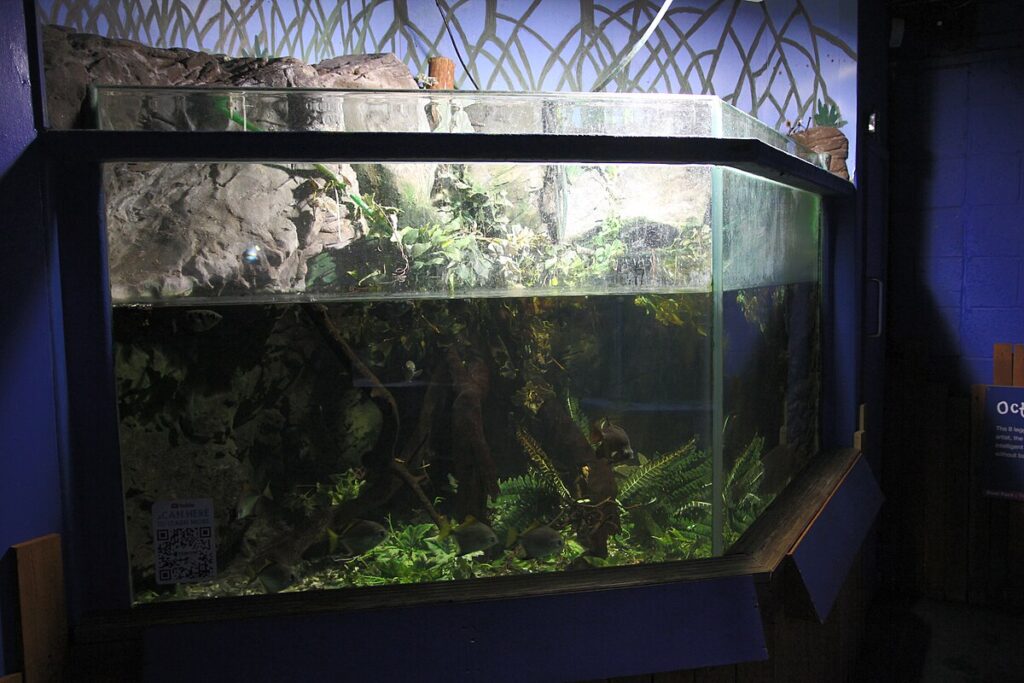
Vigilantly monitor your reptile for indicators that your cleaning routine may be inadequate. Persistent strong odors from the enclosure, despite regular cleaning, often signal that more frequent or thorough sanitization is needed. Recurring health issues like scale rot, shell infections, or respiratory problems may indicate hygiene deficiencies or inappropriate humidity levels.
Stuck shed that doesn’t resolve with increased humidity might suggest a need for more regular soaking opportunities. Excessive algae growth on turtle shells or in water features points to inadequate water filtration or cleaning frequency. Be particularly attentive to any changes in your reptile’s behavior, appetite, or appearance, as these often provide the earliest signs of hygiene-related health issues before more serious symptoms develop.
Creating a Sustainable Cleaning Schedule

Maintaining consistent reptile hygiene requires developing a practical, sustainable routine that works with your lifestyle. Create a cleaning calendar or set reminders on your phone for daily, weekly, and monthly tasks to ensure nothing is overlooked. Keep cleaning supplies organized and easily accessible near your reptile’s enclosure to encourage regular maintenance.
Consider investing in multiple sets of food dishes, water bowls, and easily soiled décor items so you can quickly swap clean items in while taking dirty ones out for thorough cleaning. For complex tasks like monthly deep cleans, schedule them during times when you’ll have adequate time and energy to complete them properly. Remember that a consistent basic cleaning routine is better than sporadic intensive cleaning, as the regular removal of waste and contaminants provides the most health benefits for your reptile companion.
Seasonal Adjustments to Hygiene Routines
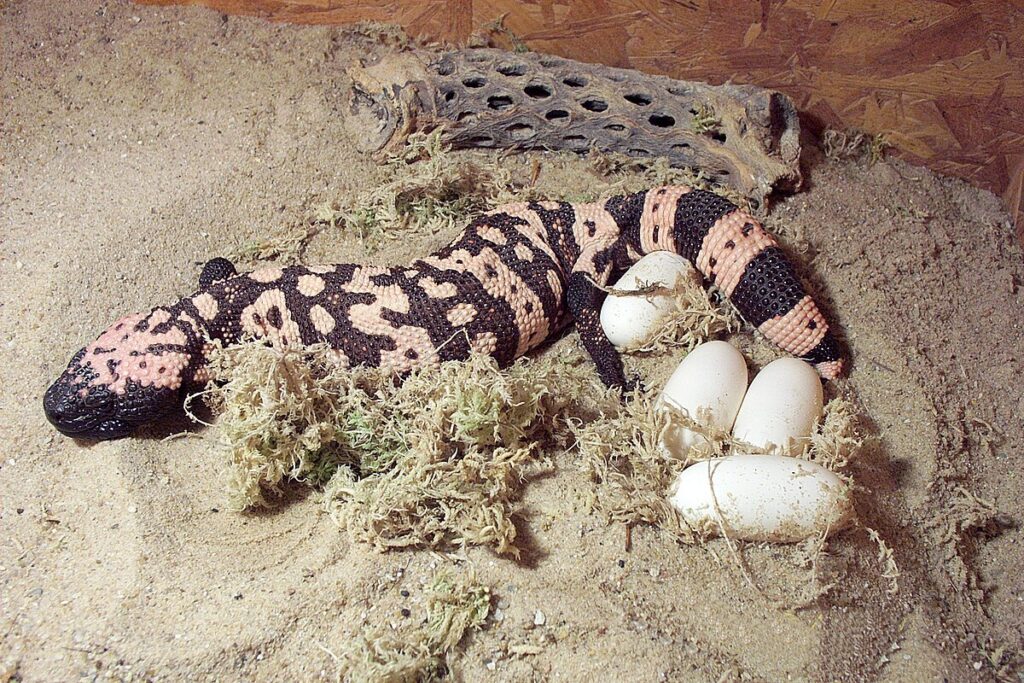
Many reptiles experience natural seasonal changes in behavior, metabolism, and shedding patterns that necessitate adjustments to their hygiene routines. During breeding seasons, many species become more territorial and may mark their environments more frequently, requiring increased cleaning frequency. Reptiles entering brumation or semi-dormancy periods typically produce less waste, allowing for reduced cleaning schedules during these times.
Seasonal humidity changes in your home, particularly during winter heating seasons or summer air conditioning, may require more frequent misting or water changes to maintain appropriate enclosure humidity. Some species shed more frequently during spring and summer months when growth rates increase, necessitating more attentive shed monitoring and humidity management. Being attuned to these natural cycles helps you adapt your cleaning routines to your reptile’s changing physiological needs throughout the year.
Maintaining proper hygiene for your reptile companion requires dedication and consistency, but the rewards of a healthy, thriving pet make these efforts worthwhile. By establishing a comprehensive routine that addresses daily spot cleaning, weekly maintenance, and monthly deep cleaning, you create an environment that supports your reptile’s natural behaviors and physiological needs.
Remember that each species has unique requirements, and taking time to understand your particular pet’s needs will allow you to fine-tune your approach. With the right hygiene practices in place, you’ll not only prevent common health issues but also strengthen the bond with your reptile through the regular care and attention that demonstrates your commitment to their well-being.

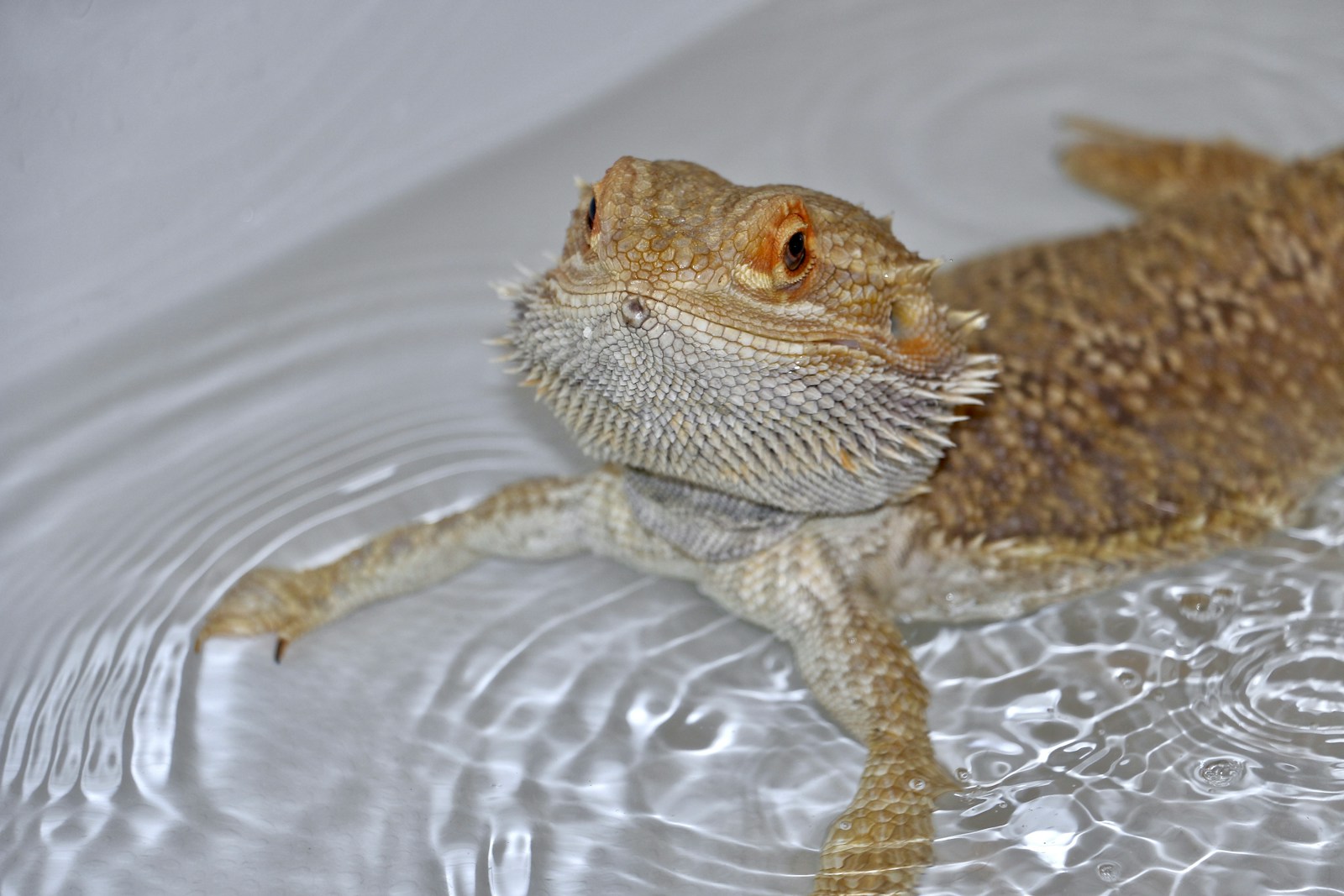
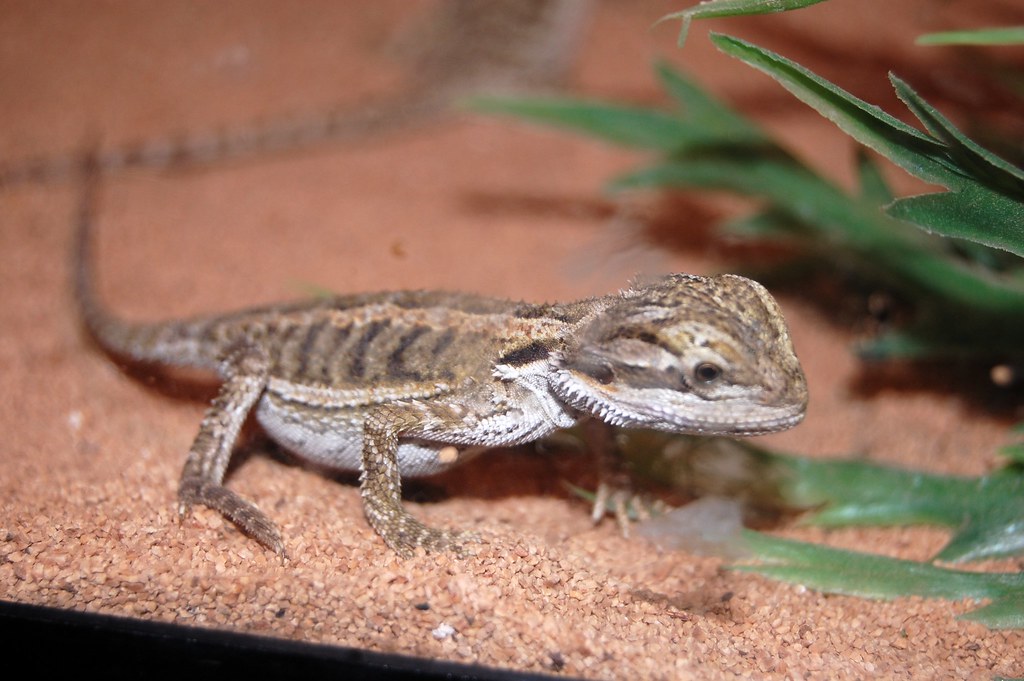
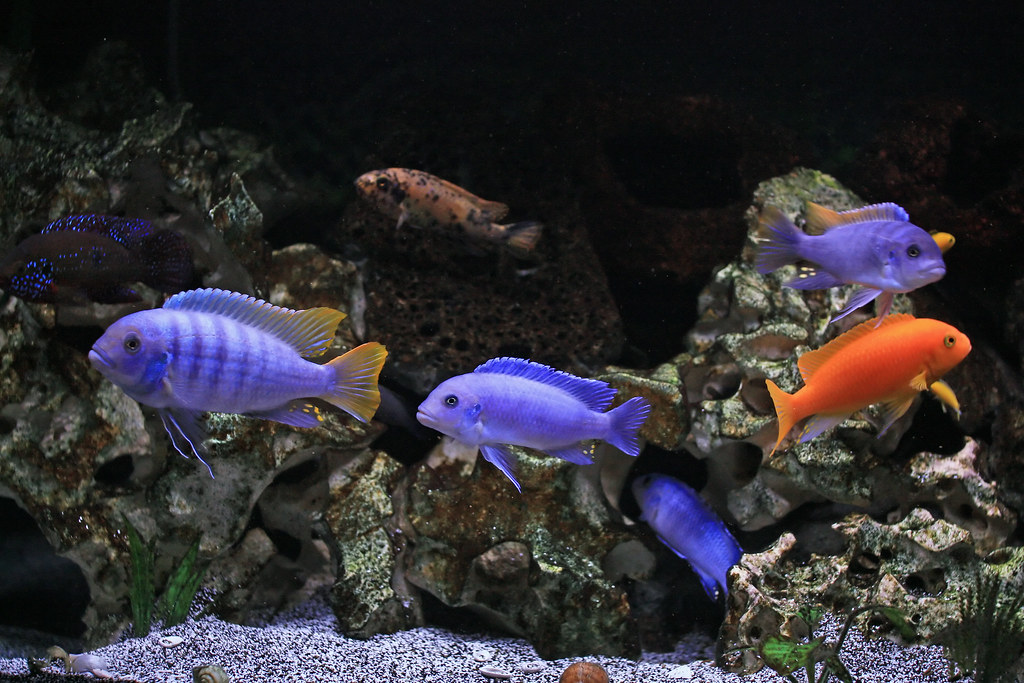
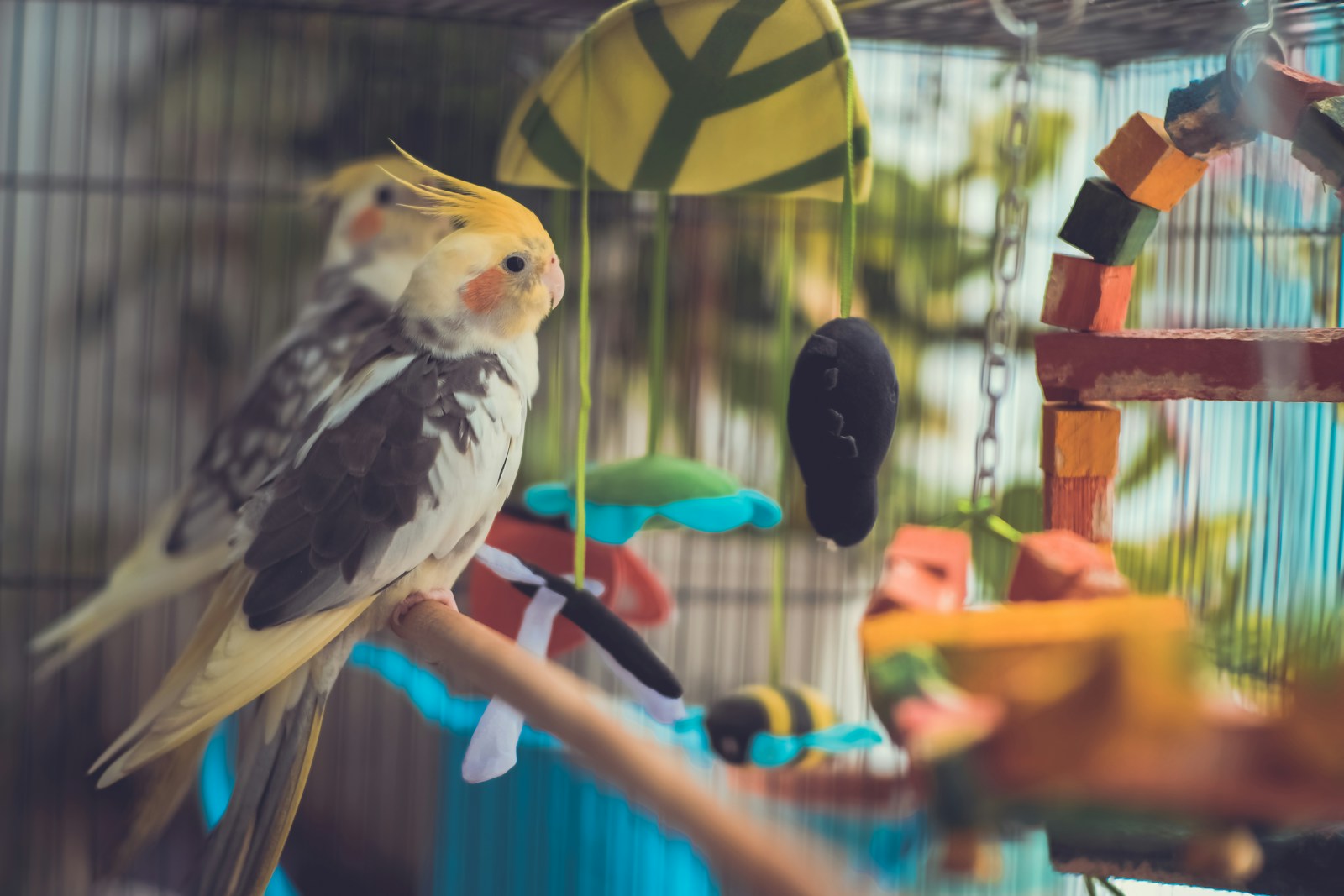
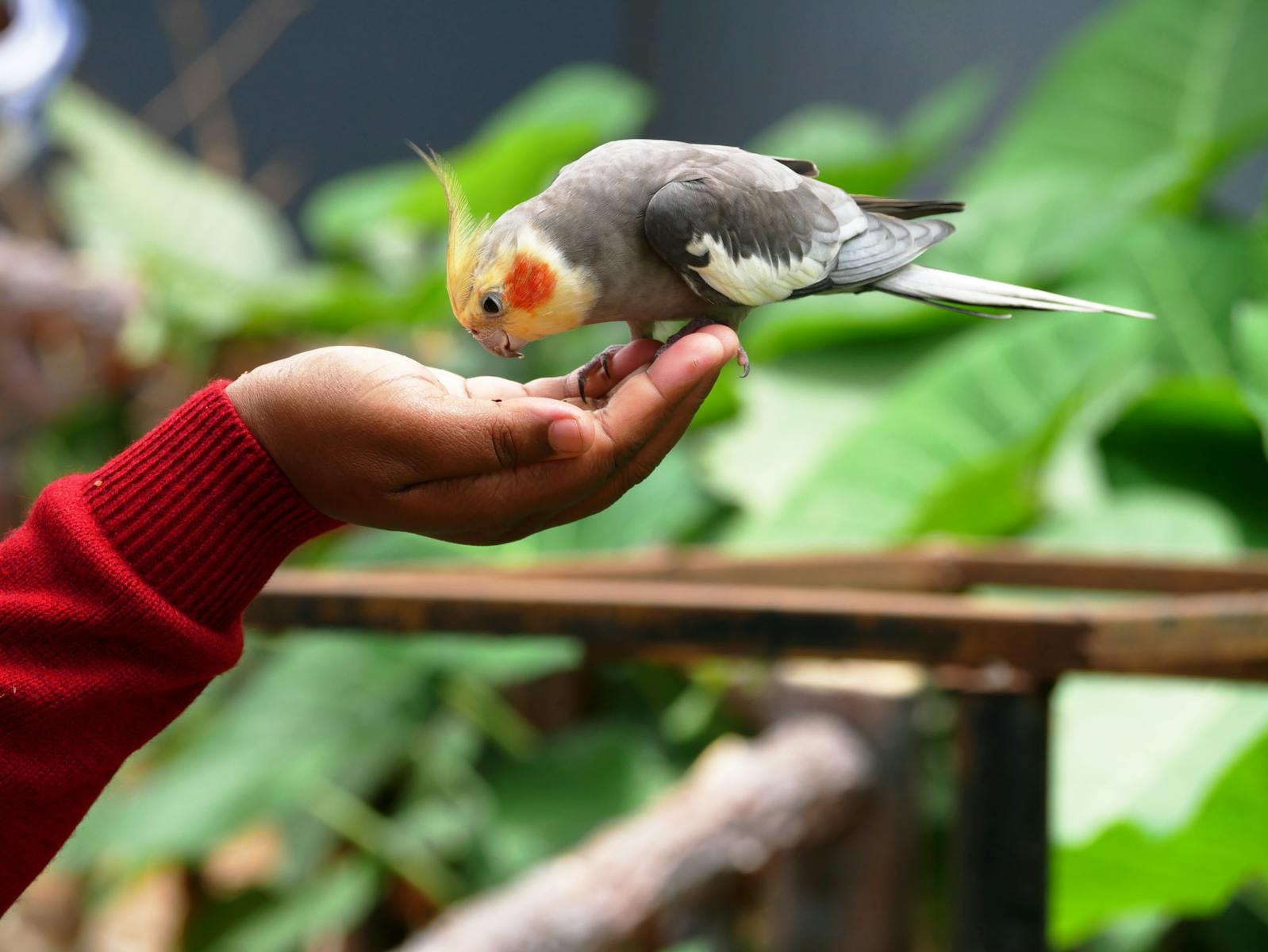
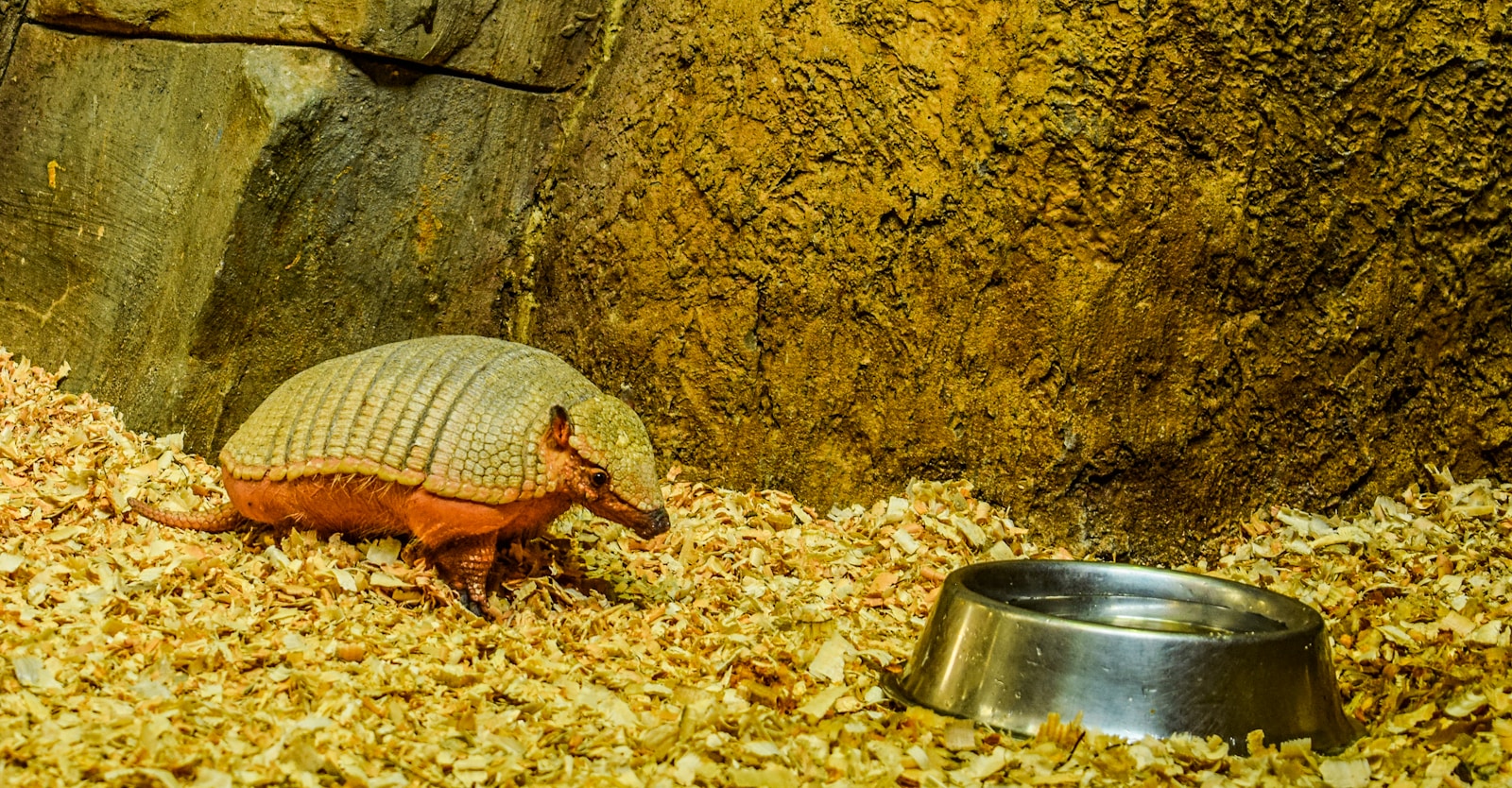
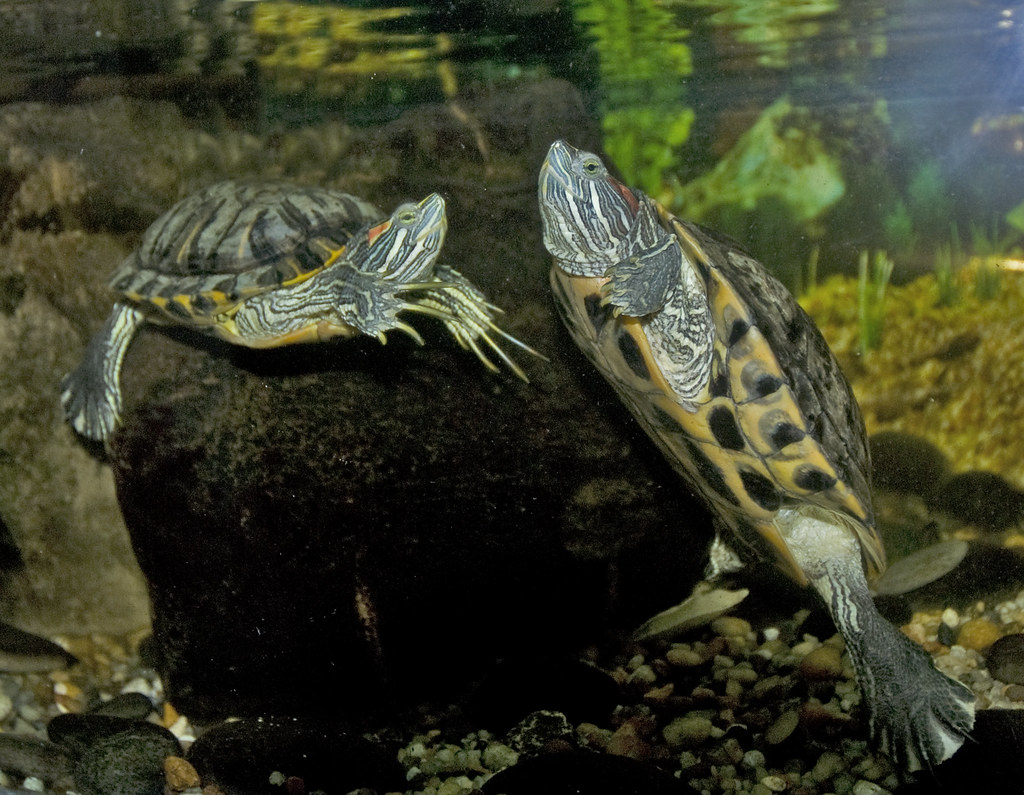
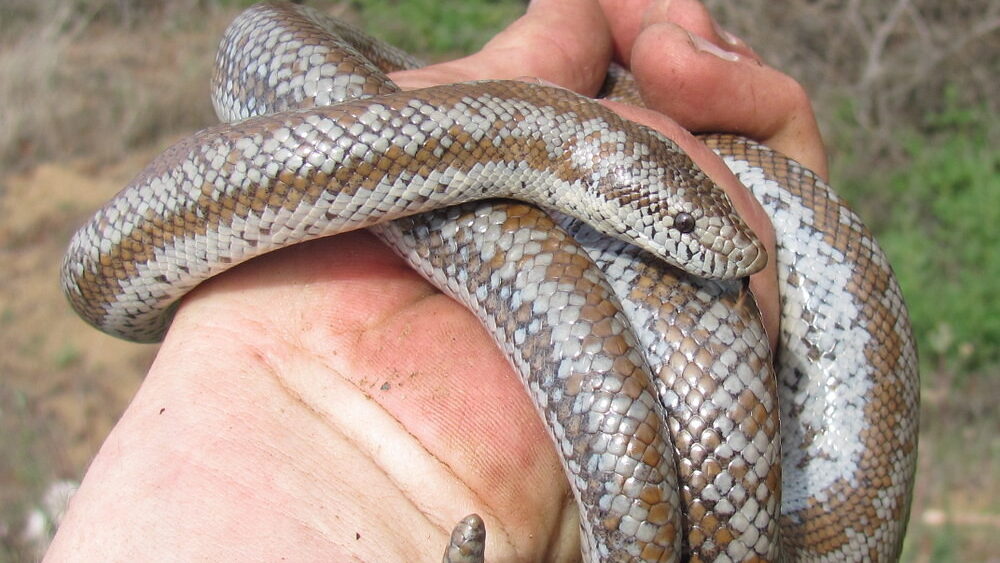
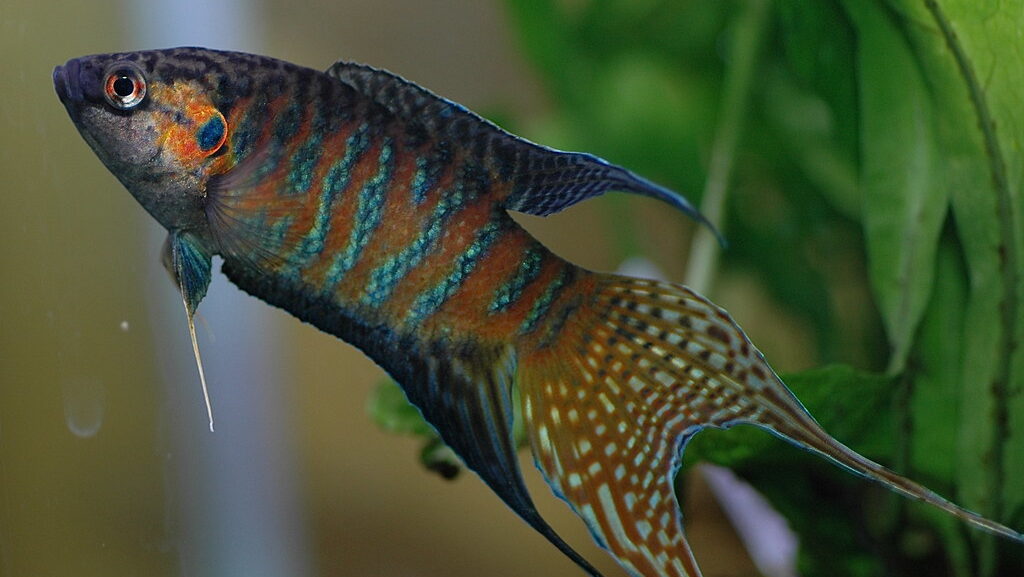

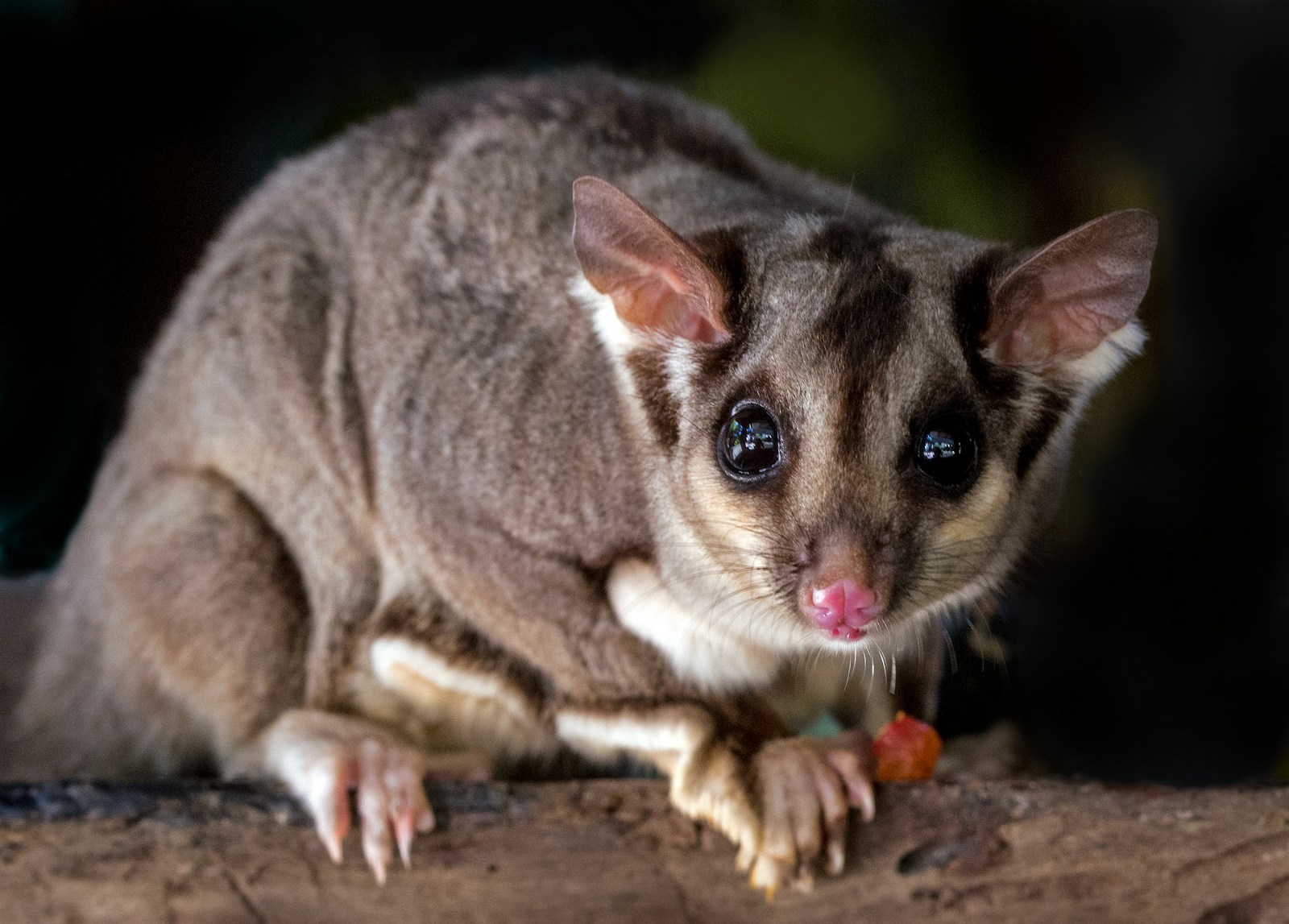




Leave a Reply